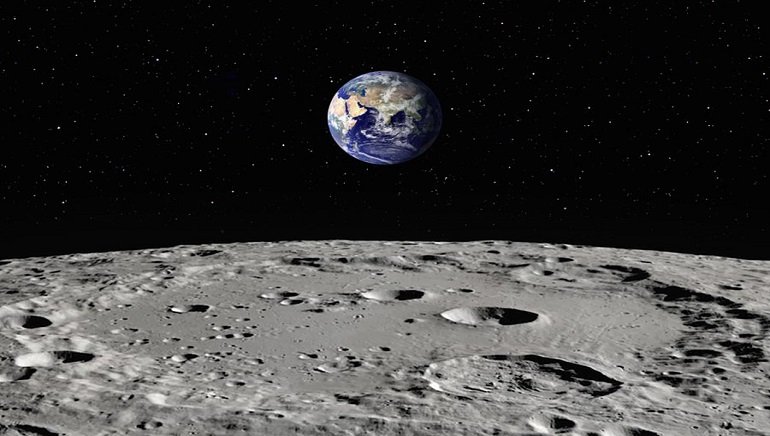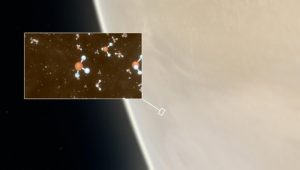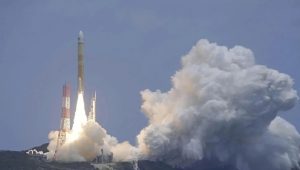High-Energy electrons from planet Earth might be forming water on its satellite Moon, according to a study based on data collected by the successful Chandrayaan-3’s predecessor Chandrayaan-1 published in the journal Nature Astronomy.
The team led by researchers from the University of Hawai’i (UH) at Manoa in the US discovered that these electrons in Earth’s plasma sheet are contributing to weathering processes — breaking down or dissolving of rocks and minerals — on the Moon’s surface.
Knowing the concentrations and distributions of water on the Moon is critical to understanding its formation and evolution, and to providing water resources for future human exploration, the researchers said.
The new finding may also help explain the origin of the water ice previously discovered in the permanently shaded regions of the Moon, they said.
Chandrayaan-1 played a crucial role in the discovery of water molecules on the Moon. The mission was launched by the Indian Space Research Organisation (ISRO) in October 2008, and operated until August 2009. The mission included an orbiter and an impactor.
The scientists analysed the remote sensing data that were collected by the Moon Mineralogy Mapper instrument, an imaging spectrometer, onboard India’s Chandrayaan 1 mission between 2008 and 2009.















